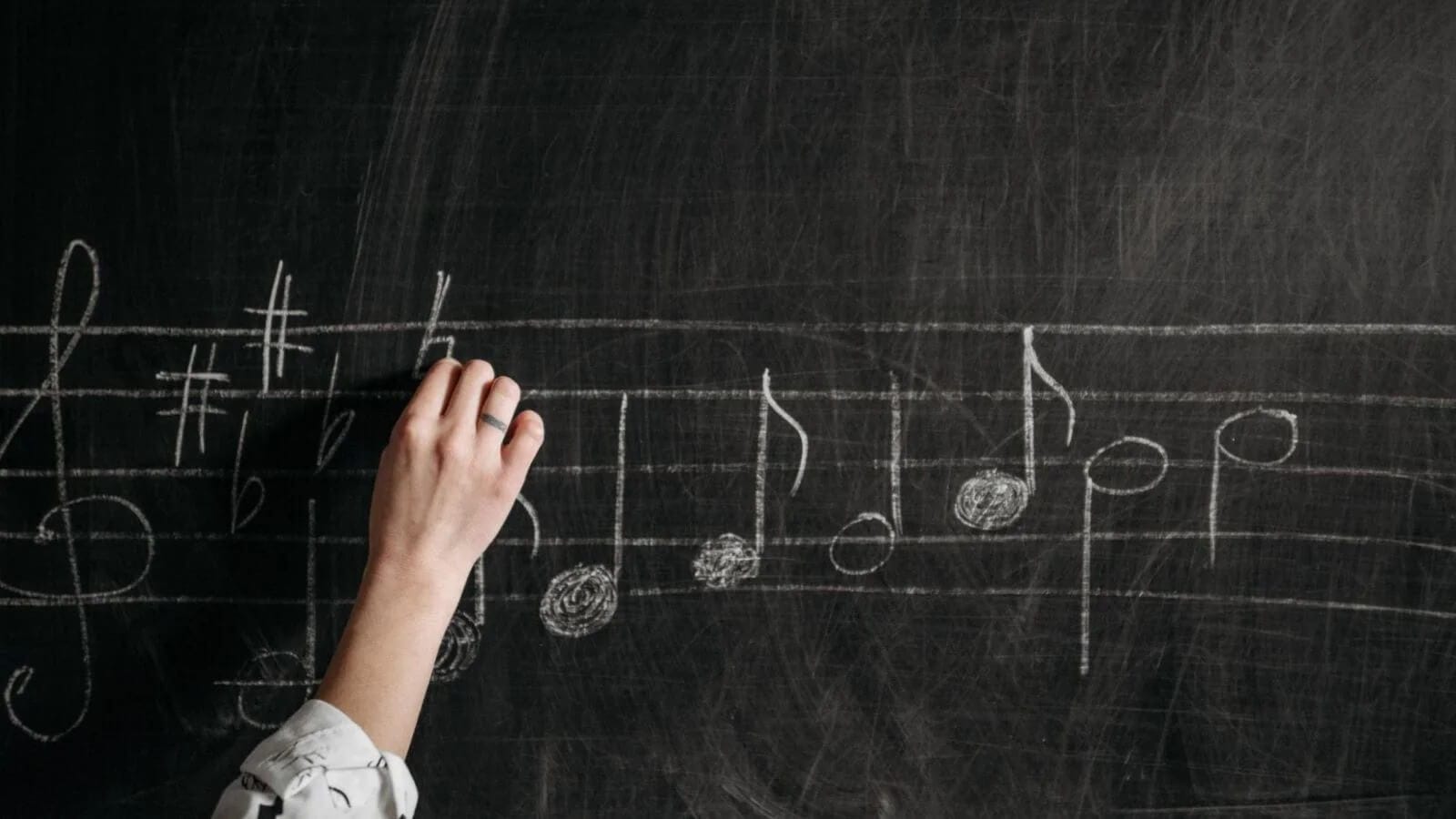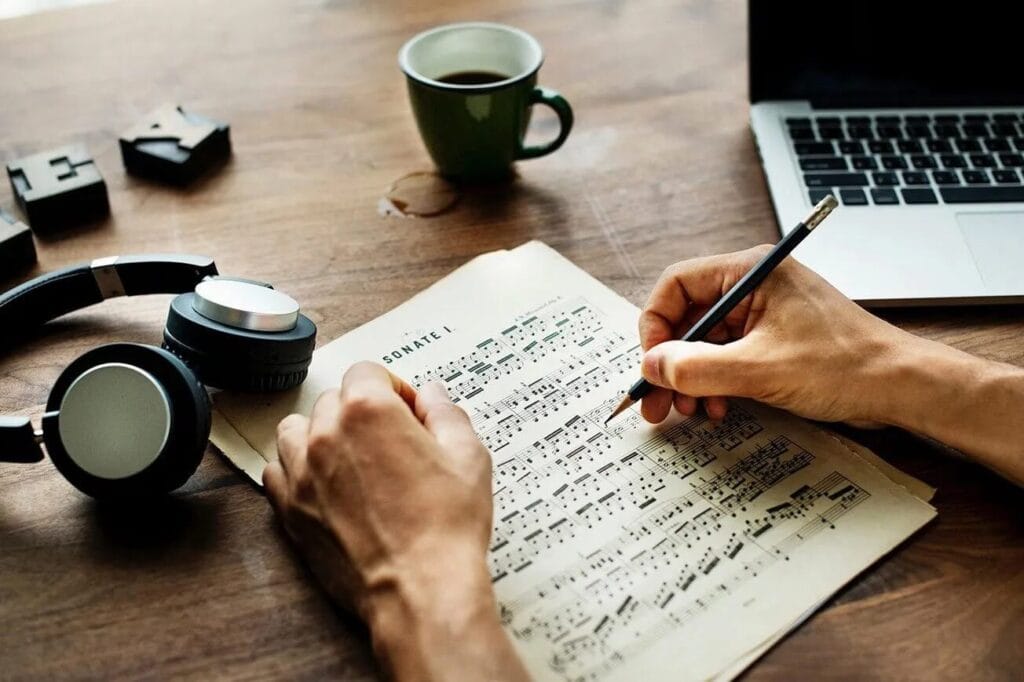Finding the right rhythm in music is essential for any musician. It’s the backbone of a song and can significantly affect how a piece feels and flows. How to find the right rhythm in music involves understanding timing, tempo, and the various techniques used to develop a strong sense of rhythm. This guide will walk you through key concepts and provide tips to improve your rhythm skills.
Understanding Rhythm: The Foundation Of Music
Rhythm is the heartbeat of music. It’s what gives music its structure, flow, and energy. How to find the right rhythm in music starts with understanding rhythm as the foundation of any musical piece. It consists of beats, accents, and patterns that organize the musical elements into a cohesive unit. Without rhythm, music would lack structure and coherence. Knowing how to recognize and use rhythm properly is the first step in mastering music.
How To Identify Time Signatures And Their Role In Rhythm
Time signatures are crucial to understanding rhythm in music. They tell you how many beats are in each measure and which type of note gets one beat. How to find the right rhythm in music involves understanding time signatures such as 4/4, 3/4, or 6/8, and how they shape the rhythm of a song. In a 4/4 time signature, there are four beats per measure, and each beat is a quarter note. Recognizing these patterns will help you play in sync with the rest of the band or orchestra and keep the rhythm steady.
Developing Your Sense Of Timing: Techniques And Exercises
Timing is a vital skill for any musician, and developing your sense of timing is essential for playing music effectively. How to find the right rhythm in music involves regular practice with metronomes and exercises designed to improve timing. Start by practicing basic rhythms and gradually increase the speed. Clap along to the beat or play simple patterns on your instrument. Practicing scales and basic chord progressions with a metronome will help you internalize rhythms and develop your timing.
The Importance Of Tempo And How To Keep It Consistent
Tempo refers to the speed of the music, and it plays a crucial role in maintaining the rhythm throughout a piece. How to find the right rhythm in music involves understanding tempo and how to maintain a consistent pace while playing. A piece’s tempo can change, but it is important to stay in sync with the established tempo throughout the song. Using a metronome or following a conductor’s cues can help ensure that you maintain the correct tempo. Keeping tempo consistent allows the band to perform cohesively and in time with each other.
How To Practice Rhythm With Different Instruments And Styles
Different instruments and musical styles require different approaches to rhythm. How to find the right rhythm in music includes adapting your rhythm practice depending on the instrument you play and the style of music you’re performing. For example, practicing rhythm guitar involves focusing on strumming patterns and syncopation, while practicing drums requires attention to beat coordination and the ability to keep a steady pulse. Experimenting with different styles such as jazz, rock, or classical will help you understand how rhythm varies across genres.
Mastering rhythm is essential for all musicians, regardless of instrument or genre. By understanding the basics of rhythm, time signatures, tempo, and timing techniques, you can develop a strong rhythm foundation that enhances your overall musicality.
See you in the next post,
Anil UZUN


